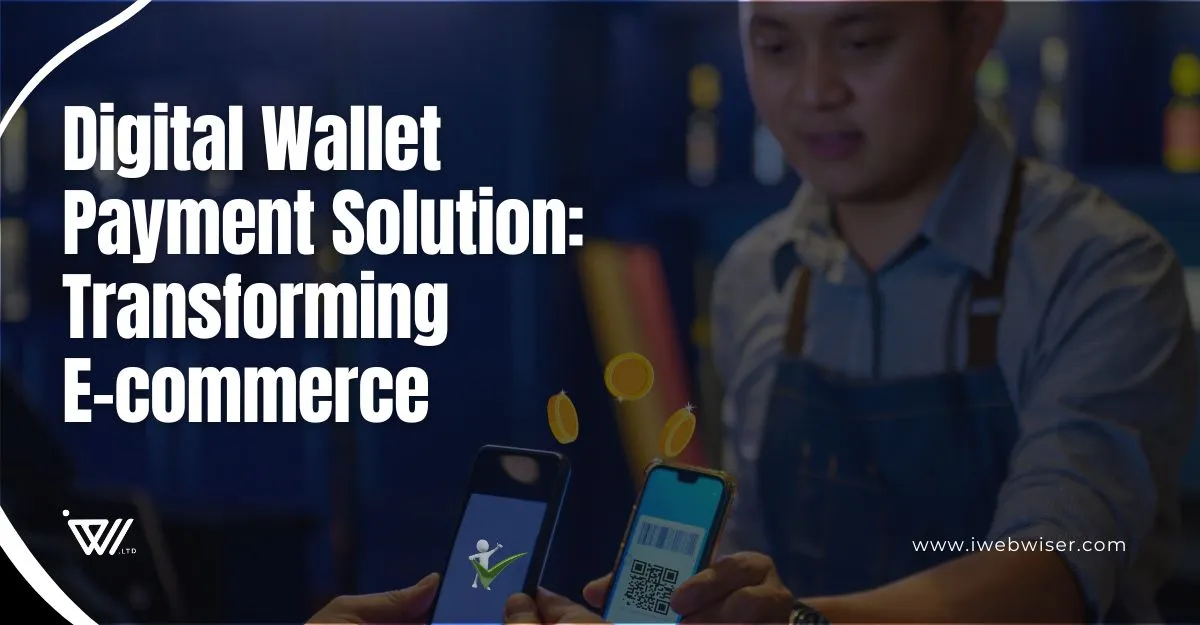Why Your Business Needs an HRMS with Payroll Solution
HRMS With Payroll, hrm payroll system, hrms payroll, Top HRMS, HRMS software, HRMS with payroll processing, Online Payroll & HRMS Software, HRM payroll system,

Introduction:
In the complex and ever-evolving business landscape, integrating HR management with payroll — referred to as HRMS with Payroll — has become a necessity for companies aiming to streamline operations and enhance workforce management. This comprehensive approach not only simplifies administrative processes but also boosts compliance and employee satisfaction. This article explores the benefits, functionalities, and strategic importance of HRMS with Payroll systems, providing insights into how businesses can leverage these platforms for better efficiency and growth.
Understanding HRMS with Payroll
An HRMS with Payroll system is a software solution that combines human resource management and payroll processing into one unified platform. This integration ensures that all employee data from hiring through payroll to retirement is managed cohesively, reducing the chances of errors and enhancing data security. The capability of HRMS with Payroll to handle complex calculations and comply with tax laws across different jurisdictions makes it indispensable for modern businesses.
Key Features of HRMS with Payroll:
- Payroll Processing: Automates payroll calculations, tax filings, and payment distributions, ensuring accuracy and timeliness.
- Talent Management: Supports the entire employee lifecycle, from recruitment and onboarding to performance evaluations and promotion paths.
- Benefits Administration: Manages employee benefits such as health insurance, pensions, and leave accruals, aligning them with payroll for accurate deductions.
- Time and Attendance: Tracks employee hours, manages scheduling, and integrates with payroll to compute earnings based on actual work hours.
- Compliance Management: Updates systems in real-time to adhere to changing labour laws and tax regulations, reducing the risk of penalties.
Benefits of Implementing HRMS with Payroll:
- Enhanced Efficiency: By consolidating HR and payroll data in one system, companies eliminate redundancies and streamline processes, allowing HR staff to focus on strategic initiatives rather than administrative tasks.
- Improved Accuracy: Integrated systems reduce the potential for human error in data entry and payroll calculations, ensuring employees are paid correctly and on time.
- Increased Compliance: HRMS with Payroll systems are designed to keep up with local, state, and federal regulations, helping businesses maintain compliance effortlessly.
- Better Employee Experience: Simplified processes for managing personal details, benefits, and payroll information enhance employee satisfaction and engagement.
- Data-Driven Insights: With all HR and payroll data centralised, businesses can generate comprehensive reports and analytics, providing valuable insights for decision-making.
Choosing the Right HRMS with Payroll:
- Scalability: Ensure the system can accommodate your business growth without the need for extensive modifications.
- Integration Capabilities: The HRMS with Payroll should seamlessly integrate with other business systems like ERP or CRM.
- Customization: Look for a system that can be customised to meet specific business needs and workflows.
- User-Friendliness: An intuitive user interface will facilitate easier adoption among HR staff and employees.
- Support and Training: Comprehensive customer support and training are essential for smooth implementation and operation.
Read More Here: Know These Top 5 Emerging Trends Of HRMS Management System
Challenges in HRMS with Payroll Implementation:
- Data Migration: Transferring existing data into a new system can be complex and time-consuming.
- Employee Resistance: Changes in system and process can meet with resistance from employees accustomed to the old ways.
- Cost: Initial setup and ongoing maintenance of an HRMS with Payroll system can be costly, though these are often offset by long-term savings and efficiencies.
Future Trends in HRMS with Payroll:
- Cloud-Based Solutions: More businesses are moving their HRMS with Payroll to the cloud for enhanced accessibility, security, and cost-effectiveness.
- Artificial Intelligence (AI): AI technologies are being integrated to automate more functions, provide predictive analytics, and personalise the employee experience.
- Mobile Accessibility: Increasing focus on mobile solutions allows employees and managers to handle HR and payroll tasks on the go.
Conclusion:
HRMS with Payroll systems represent a significant advancement in how businesses manage their workforce and payroll. These systems not only improve operational efficiency but also play a crucial role in compliance and employee satisfaction. As businesses continue to seek ways to streamline operations and enhance strategic HR functions, the role of HRMS with Payroll will become increasingly central in achieving these objectives.
What's Your Reaction?



















